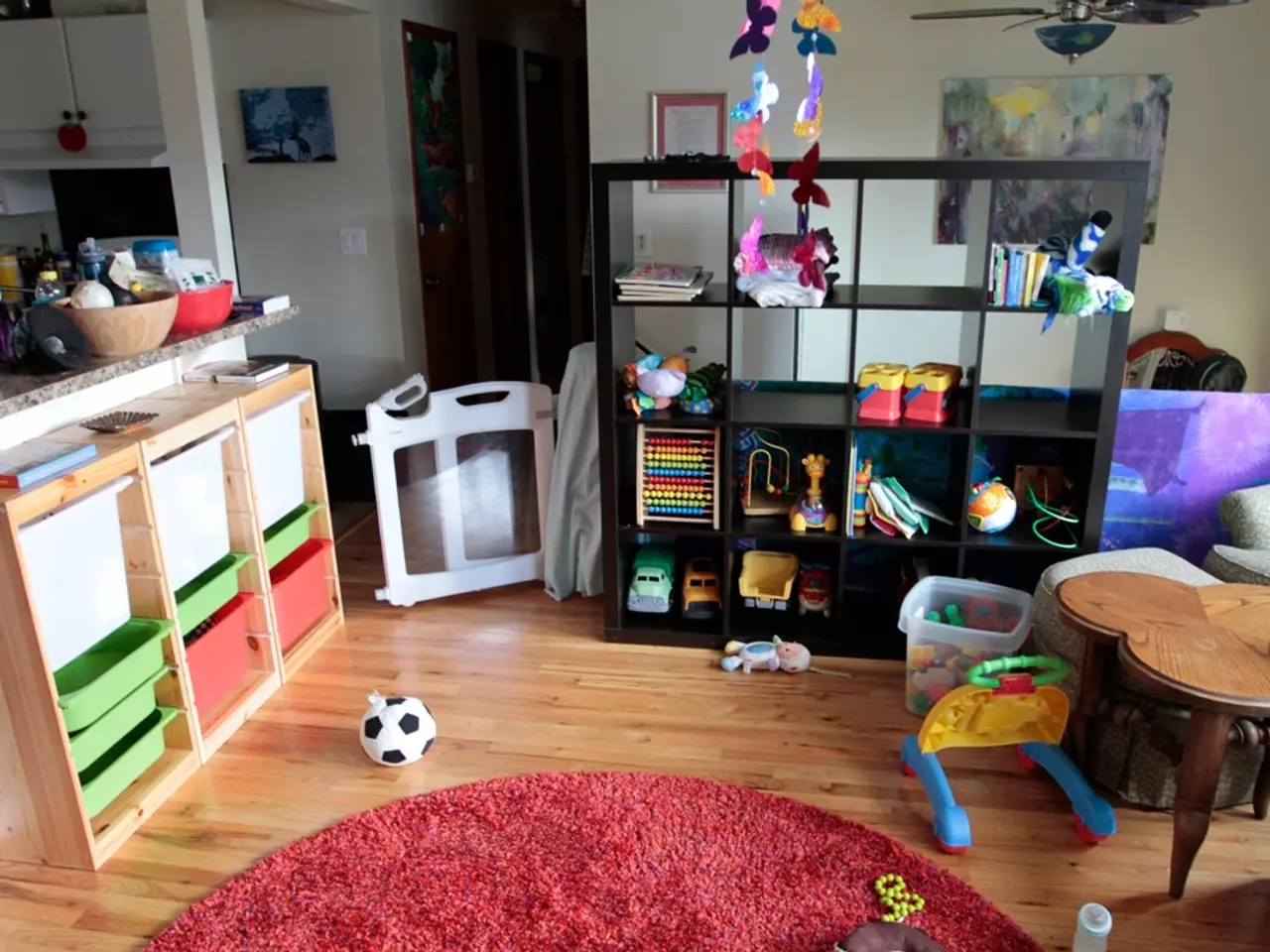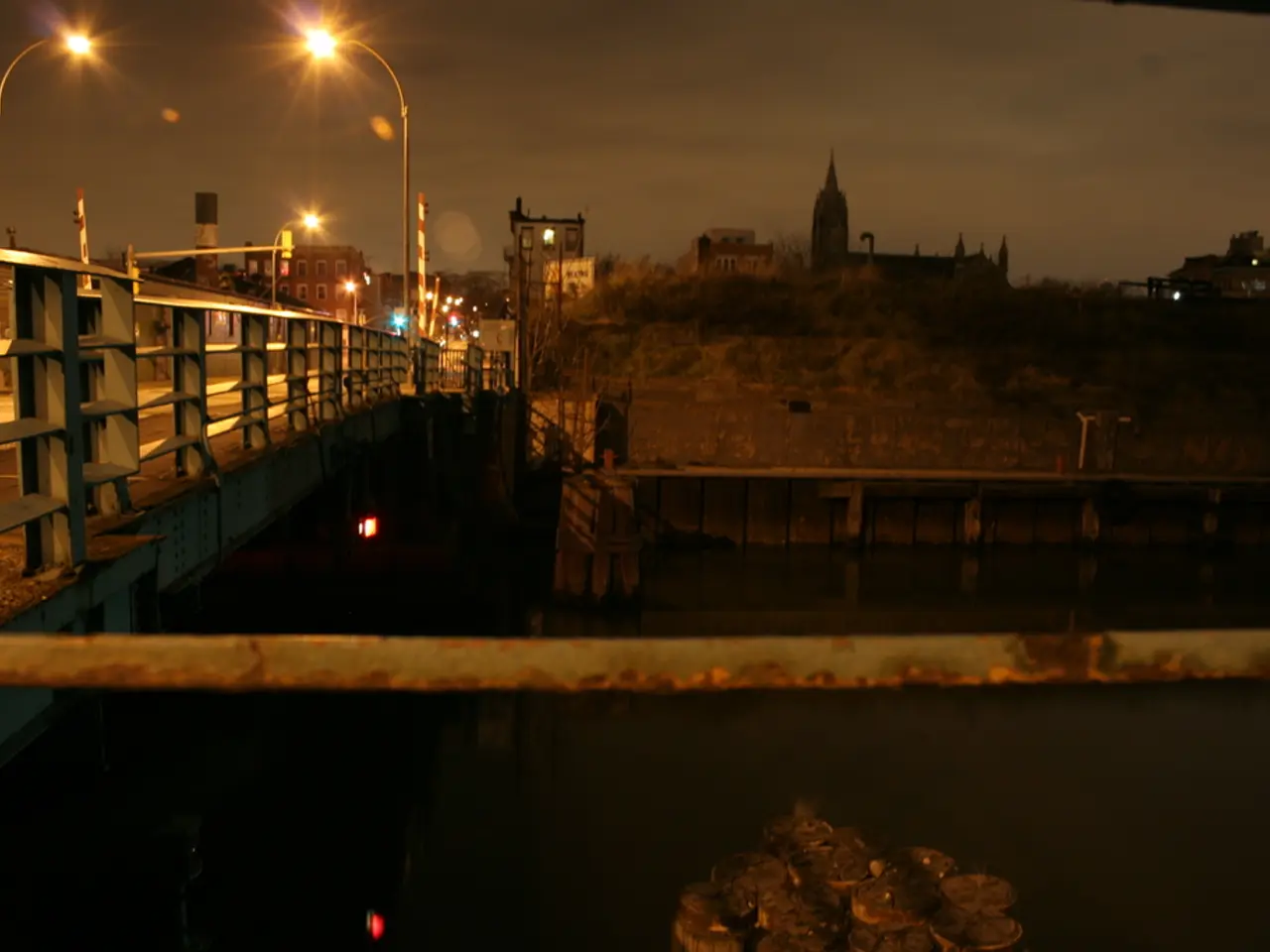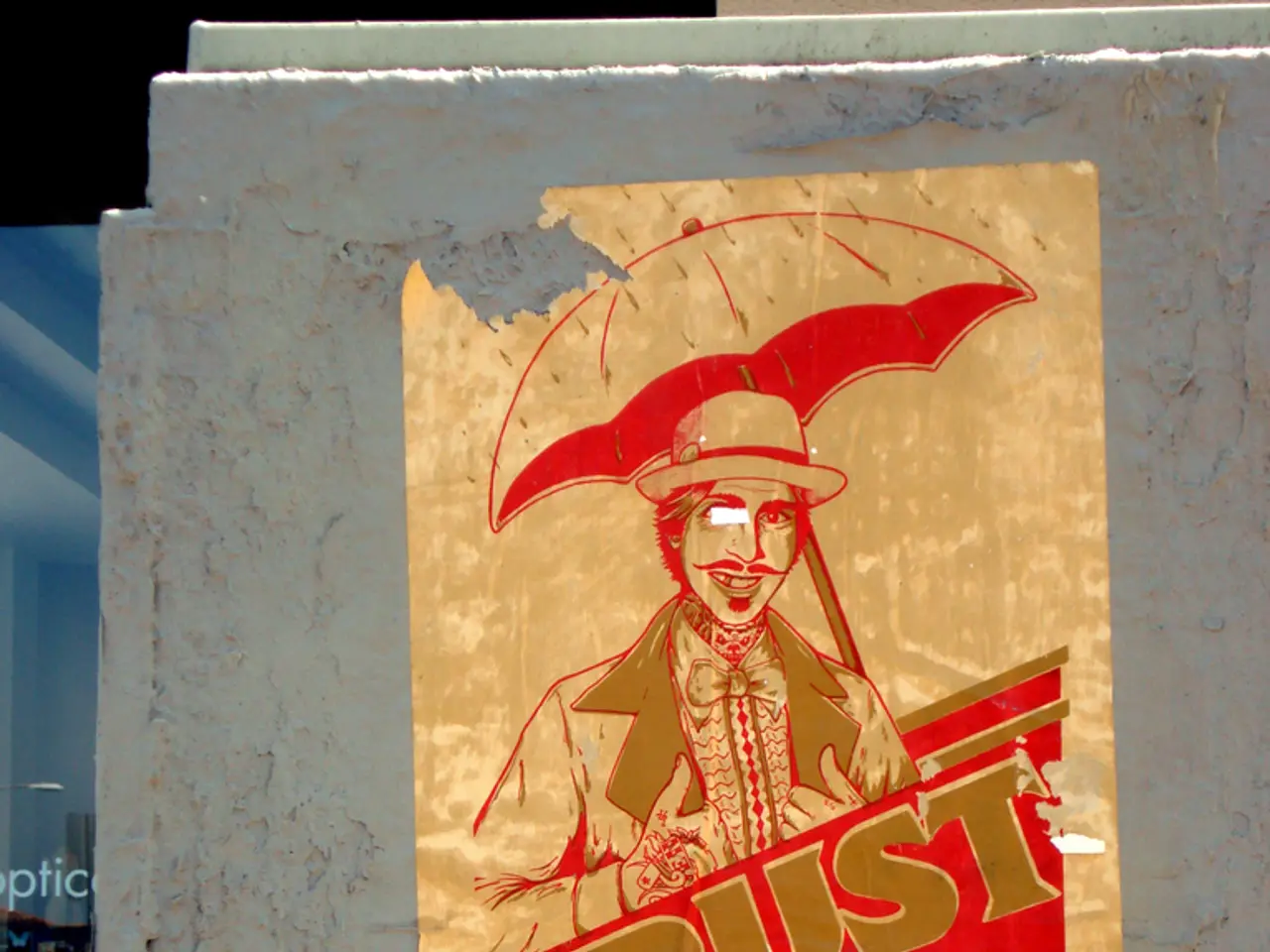Soaring Real Estate Values, Traditional Family Homes Gaining Favor
In 2025, Croatia's real estate market continues to evolve, characterised by rising asking prices but a slight decline in transaction volume. This trend is influenced by a shortage of newly constructed properties, which keeps prices for older properties high as demand outstrips supply.
New property prices are expected to rise slightly, while prices for used apartments and houses are stabilising or stagnating. However, the total number of transactions has seen a decrease, partly due to higher prices discouraging buyers. Foreign buyers, who accounted for close to 10% of transactions in 2022, are purchasing less actively, with a 12.9% decrease in foreign transactions from 2022 to 2024.
Regional price variations remain a notable feature. Coastal and tourist regions, such as Dubrovnik, continue to command higher prices and more foreign interest. However, the overall trend shows a tightening supply in new developments across regions. Agricultural land transactions have recently increased significantly, indicating a diversification of interest across different property types and regions.
The introduction of new tax regulations following Croatia’s adoption of the euro in 2023 has reshaped the tax burden on real estate transactions and ownership. These reforms aim to simplify taxation and address affordable housing deficits but may be influencing market behaviour and investor interest.
Despite these challenges, experts predict continued growth in the real estate sector overall, with moderate increases in new property prices and stagnant prices for used properties in 2025. Lack of new construction will likely maintain high prices, while new policies might help in the longer term to improve supply.
Looking back at 2018, the total value of properties sold in Croatia was 32 billion kuna, accounting for 8.4% of Croatia's GDP. The number of flats changed owners by 1,500 to 24,000, with the highest price jump recorded in Split-Dalmatia County (+8%). The number of houses sold increased by 4,000 to over 11,000. In 190 towns and municipalities in continental Croatia, the price of a square metre of a house was below 1,000 kuna.
Istria County, a popular tourist destination, saw a median price increase of 6.7% in 2018, with a median price of 8,722 kuna per square metre. The total value of family house sales in 2018 was 5.7 billion kuna, and 104,000 real estate sales were recorded in Croatia that year. No new data about the median prices of flats or other types of properties in any region was provided.
Construction land sales in 2018 generated 6 billion kuna. While specific data for coastal and island towns and municipalities is limited, the price of a square metre of a house in these areas ranged from 5,000 to 10,000 kuna in 2018. Dubrovnik, in particular, had a median price of 12,000 kuna per square metre for family houses.
Sources:
[1] HZPU - Hrvatski zavod za statistiku (Croatian Bureau of Statistics)
[2] Ministry of Finance, Republic of Croatia
[3] Croatian National Bank
[4] Croatian Chamber of Commerce
[5] Vecernji List (Croatian daily newspaper)
Investors should be aware that the Croatian housing-market continues to witness a slowdown in transaction volume despite rising asking prices, which can be attributed to a shortage of newly constructed properties and dissipating foreign buying activity. Conversely, the total number of transactions in real-estate is expected to decrease in the upcoming years, as high prices deter potential buyers. The ongoing trend suggests that the finance sector in Croatia will maintain its moderate growth trajectory for both new and used properties, with new policies possibly providing a solution to improve supply in the longer term.




